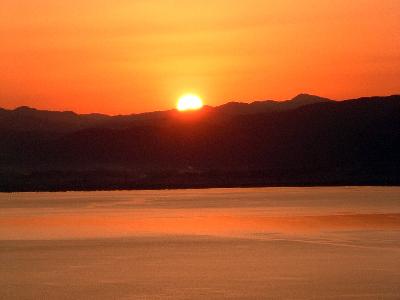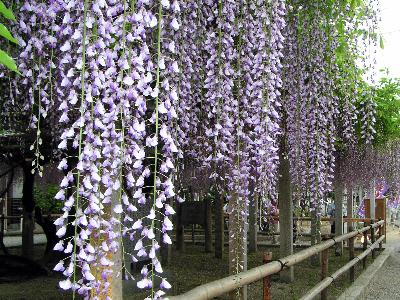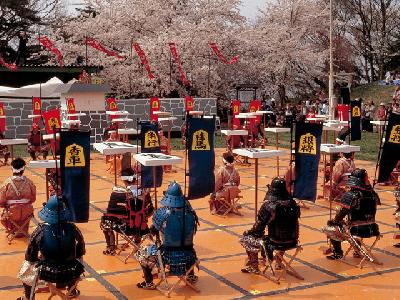|
Lake Biwa was formed about four million years ago and is the third oldest lake in the world behind Lake Baikal and Lake Tanganyika. It is one of only 10 ancient lakes in the world. It is also the biggest lake in Japan.
In the Muromachi period, Konoeno Masaie, one of the then emperor's chief advisers, selected the Eight Views of Omi around the lake, following the Eight Views of the Xiao and Xiang around Lake Dongting in China.
Unfortunately, the appearance of the scenery has completely changed today. But for the Eight Major Views of Lake Biwa that were selected in 1950, the scenery has not changed much.
The present eight scenic views include:
*Morning fog, rocks in Nedu-Osaki (Takashima City)
*Cool wind, white beach in Omatsuzaki (Otsu City)
*Drizzle, trees in Hiei (Otsu City)
*Evening sunlight, clear stream in Seda, Ishiyama (Otsu City)
*New snow, spectacle of Mt Shizuka (Kinomoto Town)
*Deep green, shadow of Takebu Island (Nagahama City)
*Bright moon, old castle in Hikone (Hikone City)
*Spring color, Azuchi-Hachiman's waterfront (Azuchi Town, Omi-Hachiman City)
You can enjoy these various scenic sights, too, and be moved by their magnificence, as well as walk around the castle town reading about its history.
In the Muromachi period, Konoeno Masaie, one of the then emperor's chief advisers, selected the Eight Views of Omi around the lake, following the Eight Views of the Xiao and Xiang around Lake Dongting in China.
Unfortunately, the appearance of the scenery has completely changed today. But for the Eight Major Views of Lake Biwa that were selected in 1950, the scenery has not changed much.
The present eight scenic views include:
*Morning fog, rocks in Nedu-Osaki (Takashima City)
*Cool wind, white beach in Omatsuzaki (Otsu City)
*Drizzle, trees in Hiei (Otsu City)
*Evening sunlight, clear stream in Seda, Ishiyama (Otsu City)
*New snow, spectacle of Mt Shizuka (Kinomoto Town)
*Deep green, shadow of Takebu Island (Nagahama City)
*Bright moon, old castle in Hikone (Hikone City)
*Spring color, Azuchi-Hachiman's waterfront (Azuchi Town, Omi-Hachiman City)
You can enjoy these various scenic sights, too, and be moved by their magnificence, as well as walk around the castle town reading about its history.
| [+ADDRESS] | 
|














